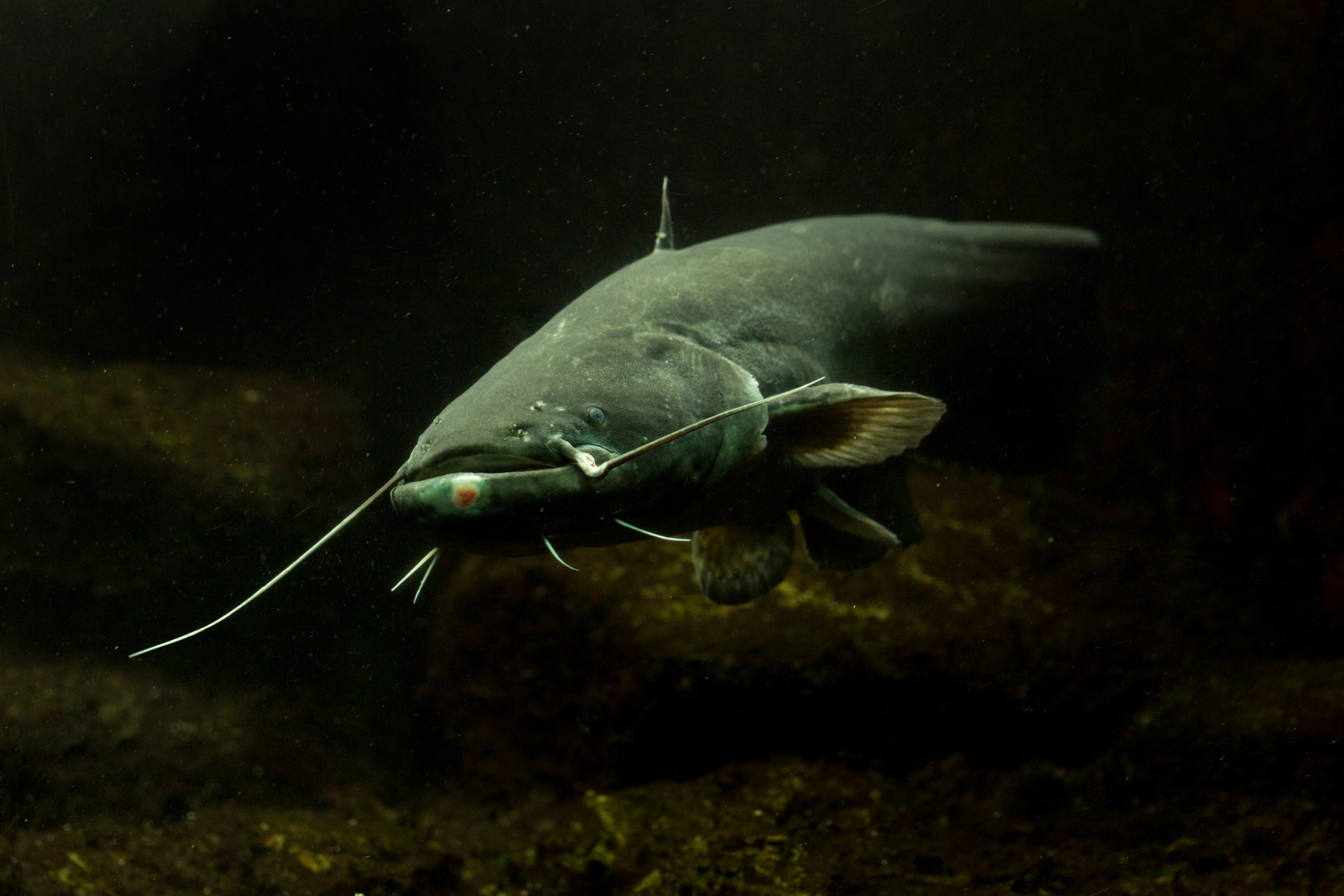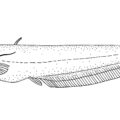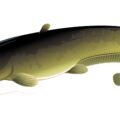Wels catfish do not have a habitat in the United States, at least not yet, but it is found in many other places worldwide. It is a species that is least concerned according to the list of endangered species, so there are plenty of Wels catfish. Wels catfish have yet to be officially reported in the United States, but this fish could be present in some areas. Then again, this is a giant fish that is hard to miss, so people would notice if it were found in any water in the United States.
Also, the fish is prohibited from entering the water in Ontario, Michigan, and most other waters in the United States because it is considered invasive. Since it grows so big, it can compete for resources with other native species and eat many small fish because the Wels catfish eats any fish that can fit its mouth. A Wels can become super large; it can reach the size of around 10 feet.
Not to mention, the Wels catfish is a territorial fish. If it claims a place in the water, it will not allow any other fish or invertebrates to come closer to that place. Also, when the female and male breed, the female fish, Wels catfish, can lay up to 30,000 eggs, so the fish population will grow very fast in any water it occupies. This is another reason this species is considered to be invasive. There are many more reasons the Wels catfish is better off not entering the waters in the United States.
If the Wels catfish is ever introduced, it will fundamentally change the food ecosystem in the water areas it inhabits. This is why there are no plans to introduce this fish to the water in the United States. If you want to see the Wels catfish, unfortunately, you cannot do so in the United States, but this species is found in many places outside the country.

Where is the Wels catfish found?
The fish can be found in deeper waters, occupying an area at the bottom level. There are many places where the catfish can hide, but mostly, it chooses deep holes, dense vegetation, woody debris, tree roots, rocks, boulders, hollow riverbanks, and submerged hollow structures as places to rest.
When it comes to what water bodies these fish are found in, they have a vast range. You can find them in lowland rivers, backwaters, floodplains, irrigated channels, ponds, and well-vegetated lakes, but they will also occasionally enter brackish water in the Black and Baltic seas. With that in mind, the Wels fish has a vast habitat. The fish keeps expanding its habitat and moving further into the waters.
The Wels fish has the primary purpose of acting as a sport and fish for food in the countries it is found in. Since the fish is enormous and has tiny teeth lined all over its mouth, catching it is considered a huge deal. Although only small and young fish are used as food, they weigh less than 33 pounds. This is because large fish are extremely fatty and loaded with toxins, which make them unsafe to consume, so larger fish are only used as sport fish.
What countries have Wels catfish?
You can find the Wels catfish mainly in central, southern, and eastern European areas, in the Baltic, Black, and Caspian Seas basins.
In these areas, we already know that the fish prefers large, warm lakes and deep, slow-flowing rivers where it can remain sheltered in holes, hollow trees, and other hiding places. It is native to Eastern Europe and then moved to other parts of Europe and the seas. This means you can find fish in Germany, Sweden, Ukraine, Poland, and other European countries. But now, the catfish has also moved to waters in watersheds in France as well as the Po River Valley in Italy.
That is not it; the Wels catfish has also moved to countries in Asia, mainly to Western and Eastern Asia, like China. But now, there have also been reports of locating the fish in Tunisia, Turkey, and Algeria, which is not part of their original habitat. Although the Wels catfish is picky regarding habitat, it finds a home in many waters around the water. The fish can survive in fresh and brackish water, which is why it is also found in seas.
Conclusion
Wels catfish is a huge catfish species that can grow pretty large. The fish species is not found in the United States, and there is no plan for this fish to be introduced to the United States either because it is considered invasive. The catfish grows big, eats a lot of food, and is territorial. But the fish is found in European countries and also some Asian countries.











